Description
Written by two of academia’s experts in software engineering, Object-Oriented Software Engineering: Practical software development using UML and Java provides a modern introduction to the subject for today’s students.
This important new book gives an in-depth treatment of key principles that have broad applicability and relevance. Lethbridge and Laganiere have packed the text with examples and integrated exercises. In addition there are examples and exercises to give students practice on a variety of interesting problems and to help maintain their motivation.
Key Features:
– Understanding the customer and the user in the context of use cases, requirements and user interface design
– Development based on solid principles and reuseable technology: reuseable software and sets of principles are provided on which students can base their work
– Visual modelling using UML as the standard
– Evaluation of alternatives in requirements and design teaches students how to make decisions in software engineering
– Object-Orientation: in-depth coverage of analysis and design, as well as implementation using Java; object-oriented design patterns are also covered
– Iterative development: promoted as the preferred way to develop software
– Communicating effectively using documentation: flexible formats are suggested for documentation, with guidelines on how to review it
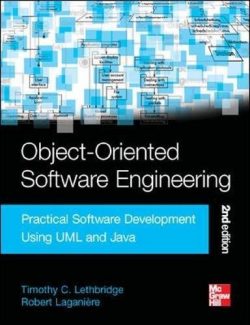
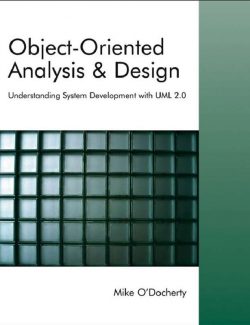
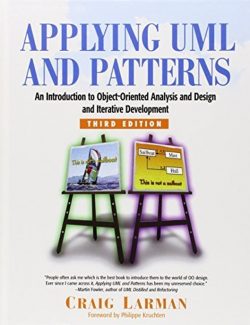
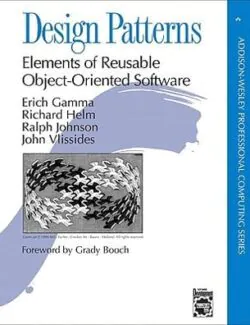

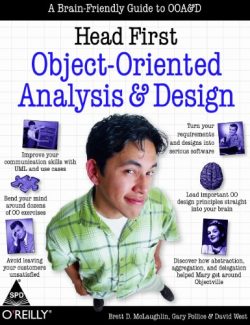
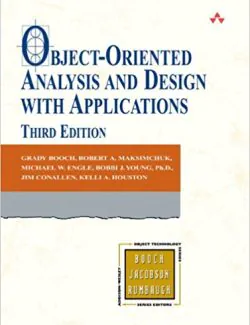
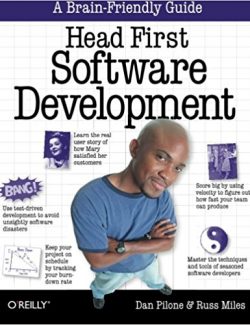
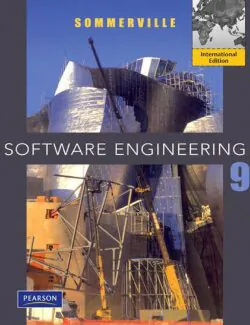
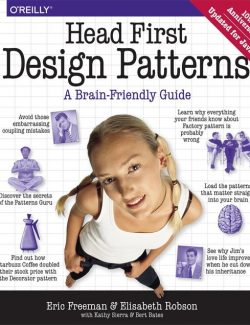
Leave us a comment
No Comments